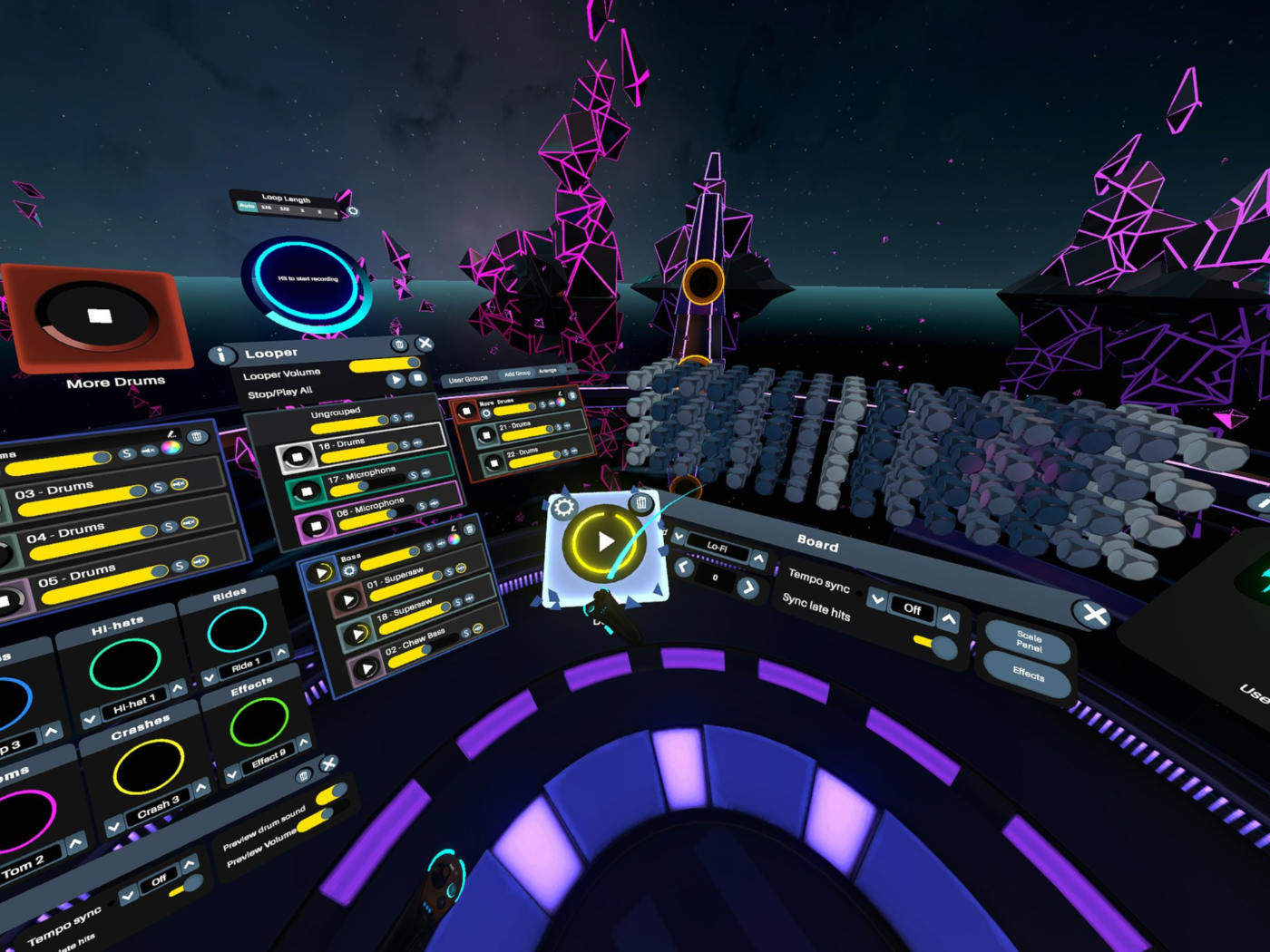For VR enthusiasts and gamers alike, the dream of a fully immersive experience is brought to life through the Meta Quest 2. However, even as VR technology advances, there are trade-offs to consider. The Meta Quest 2, while freeing users from the constraints of PCs, cables, and external sensors, is limited by its mobile chip, impacting the visual quality of VR experiences.
This limitation led to the development of PC VR streaming solutions, promising the best of both worlds: the power of high-performance PCs combined with the wireless freedom of the Meta Quest 2.
What Is Air Link?

Air Link allows users to connect their Meta Quest 2 to a compatible PC, unleashing the full potential of their gaming rig while retaining the freedom of movement that wireless VR offers. It functions by leveraging your PC's processing power to render VR content, which is then wirelessly transmitted to your Meta Quest 2.
This results in a seamless VR experience that, while not tethered to a physical machine, mirrors the visual fidelity and performance of a PC-connected VR headset. The core principle of Air Link is to reduce the latency between user actions and in-game responses, creating an immersive and responsive environment.
What Is Virtual Desktop?

Initially a paid application, Virtual Desktop has continued to grow in popularity among the VR community. The application offers a seamless bridge between your PC and Meta Quest 2, enabling high-quality PC VR streaming and a range of additional features.
Beyond gaming, Virtual Desktop brings your PC desktop into the VR environment, opening up opportunities for productivity. Users can work, watch movies (including 3D movies), and play 2D games, all in virtual environments like a home theater or a gaming room.
The Comparison Between Air Link And Virtual Desktop
Control And Customization
Virtual Desktop excels in the realm of control and customization. It provides an extensive array of options that empower users to precisely adjust their PC VR streaming encounter. These configurable settings offer greater authority over factors such as image quality, latency, and various aspects of the VR immersion. Users who demand the highest quality visuals and smoothest gameplay may find Virtual Desktop to be the better choice due to its detailed settings.
Cost And Accessibility
One of the most prominent distinctions between Air Link and Virtual Desktop is the cost. Air Link is a free service provided by Meta (formerly known as Oculus), making it an accessible option for all Meta Quest 2 owners. Virtual Desktop is a premium application, commonly valued at approximately $20. This expense holds significance, especially for budget-conscious users.
Streaming Quality And Technology
Air Link and Virtual Desktop provide akin streaming capabilities, with analogous performance regarding latency, user-friendliness, and overall quality. Virtual Desktop integrates Synchronous Spacewarp (SSW) technology to ensure seamless streaming, whereas Air Link employs Asynchronous Spacewarp (ASW), which is currently in a beta phase. Both solutions also offer an optional sharpening filter to enhance the visual quality of the streaming content.
Compatibility
When it comes to compatibility with PC VR applications, Air Link has the upper hand. It's designed to work with all PC VR apps, ensuring a wide range of content can be streamed to your Meta Quest 2. In contrast, Virtual Desktop has some limitations and may not support all PC VR software. To address this, the developer maintains a compatibility list to keep users informed about which games and experiences are compatible with Virtual Desktop.
Compatibility With Operating Systems
A notable consideration for some users is their operating system. Air Link currently faces some issues on Windows 11, which are not present with Virtual Desktop. If you are using Windows 11, you may encounter judder or performance problems with Air Link. While these issues are expected to be addressed by Meta in future updates, it's something to keep in mind when choosing between the two solutions.
How To Choose Between Air Link And Virtual Desktop?

The choice between Air Link and Virtual Desktop also involves considering your existing hardware setup and network configuration. If you've already established the essential components, including a suitable PC, headset, and router, additional considerations may sway your choice.
When deciding between the two alternatives, evaluate the compatibility of your favored VR applications and your PC's operating system. If your priority is wireless PC VR streaming without additional costs and you're using Windows 10, Air Link is a suitable choice.
On the other hand, if you require greater control over streaming settings, a broader selection of compatible VR applications, and the ability to use your VR headset for tasks beyond gaming, Virtual Desktop may be the better solution.
Recommended Blogs:
- Best PC VR Games On Steam (2023)
- Is The Pico 4 Good For PC VR?
- How to choose a PC VR link cable for your VR headset
Recommended Meta Quest Accessories:
1. ZyberVR Link Cable
2. ZyberVR Steam VR Charging Cable
3. ZyberVR Streaming And Charging Cable
Conclusion
The choice between Air Link and Virtual Desktop ultimately depends on individual preferences and requirements. Reflect on the extent of personalization you seek, the suitability of your favored VR applications, and your readiness to commit to the experience. It's worth noting that both solutions are in a state of ongoing development, with future updates and improvements in store.





